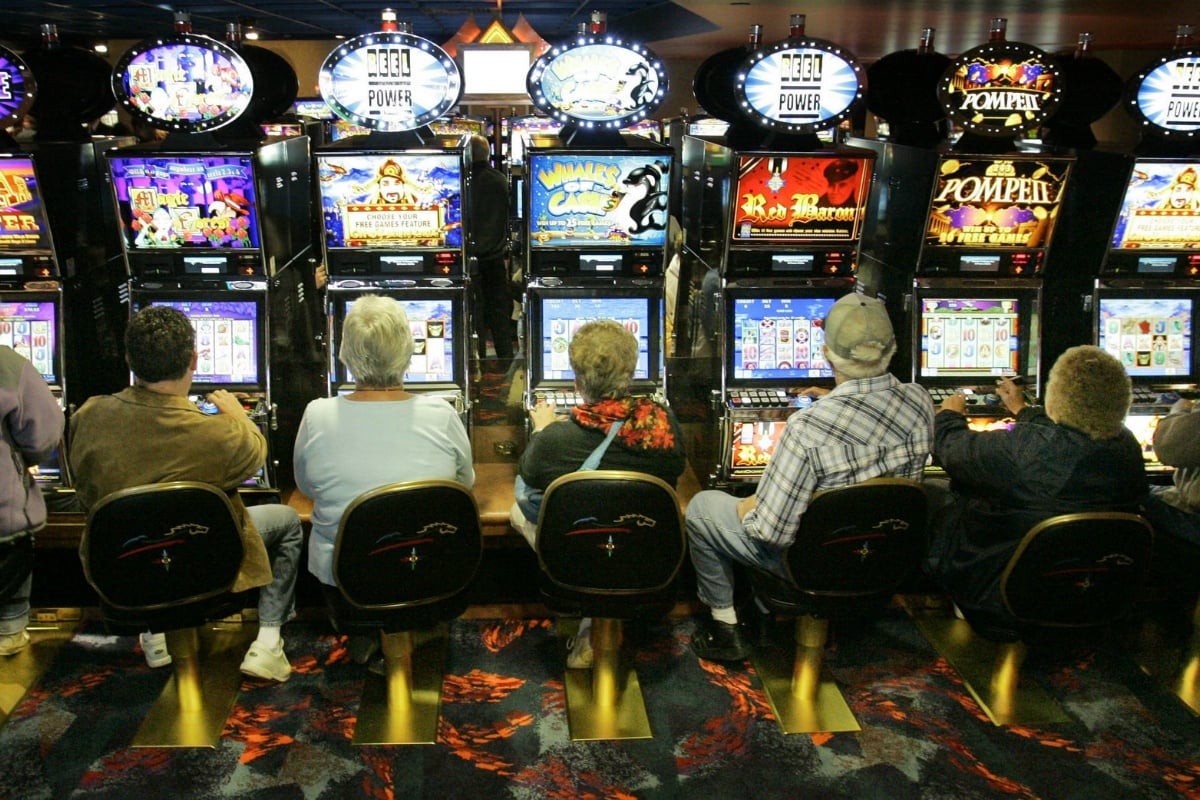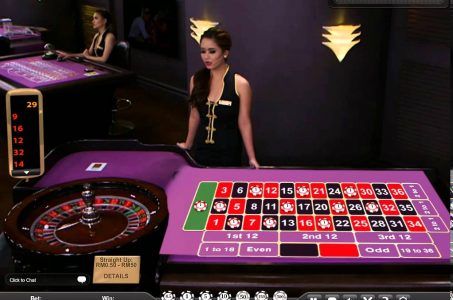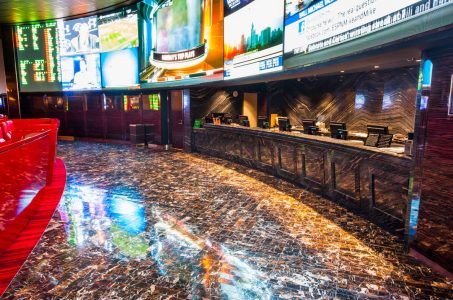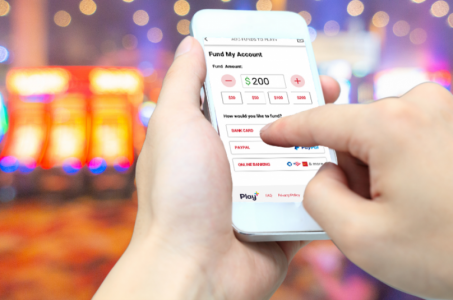Study Concludes Average Slots Player Cannot Identify House Edges, Question Asked if Casinos Should Lengthen Odds
Posted on: July 29, 2019, 01:45h.
Last updated on: July 29, 2019, 01:45h.
House edges on slots machines deliver casinos the majority of their gross gaming revenue (GGR), and a new study finds that the run-of-the-mill gambler doesn’t know the odds from one machine to another.

The research, discussed this week in a CDC Gaming Reports article, was conducted by San Diego State University’s Sycuan Institute of Tribal Gaming. Professor Katherine Spilde and UNLV Hospitality College Professor Anthony Lucas carried out tests in multiple casinos in the US and Mexico and found that the average Joe isn’t aware of one slot’s house edge compared to a different machine.
The study involved placing two different slot machines – “Tokyo Rose” and “Dragon’s Fortune X” – near one another. The terminals, however, had varying house edges from roughly eight percent to nearly 15 percent.
Lucas said the vast majority of gamblers didn’t identify whether one – if either – had a higher house edge. House edge is the hold rate a slots device keeps.
Edgy Data
Casino operators and gaming manufacturers have long sought to keep house edges on their slot machines hidden from the public. While pay tables are displayed, the probability of the outcomes are not.
Lucas and Spilde concluded that gamblers typically don’t play long enough to notice the frequency of winning on a slot machine compared to the next.
The high-house edge games actually win quite a bit more than the low-house edge games,” Lucas told Nevada Public Radio recently. “There is no reason for players to play that game, and yet they still do.”
Both slots paid the same on winning combinations, but the higher edge machine simply paid out less often. “The problem is players don’t have enough money, or time, or interest to play the game long enough to ever tell,” he added.
Money on Table
Under Regulation 14 of the Nevada Gaming Control Act, slot machines are required to pay out a minimum of 75 percent. Per revenue statistics from the state’s Gaming Control Board, most casinos don’t go anywhere near that minimum in order to keep their gaming floors busy.
Nevada casinos win percentage rates over last 12 months:
Penny: 9.94 percent
Nickel: 5.55 percent
Quarter: 7.28 percent
Dollar: 6.36 percent
Megabucks: 12.16 percent
$5: 5.85 percent
$25: 5.37 percent
$100: 5.69 percent
Lucas says casinos have long worried about increasing house edges too high that it would turn patrons away. The fear isn’t warranted, the researcher states. “At the end of the day, you have to ask yourself if operators are leaving money on the table,” he said.
Casinos in Las Vegas and across the country have tried to market their slot machines as the friendliest to consumers. Nevada regulators don’t break down hold rates by casino, but other states do.
Connecticut’s two casinos – Foxwoods and Mohegan Sun – respectively reported hold percentages of 91.95 percent and 91.9 percent in their latest fiscal years.
Pennsylvania breaks down slot win for each of its 12 land-based casinos. The two largest revenue floors – Parx and Wind Creek Bethlehem (formerly Sands) – reported holds of 90.9 percent and 90.0 percent last year.
Related News Articles
Most Popular
Mirage Las Vegas Demolition to Start Next Week, Atrium a Goner
Where All the Mirage Relics Will Go
Most Commented
-
Bally’s Facing Five Months of Daily Demolition for Chicago Casino
— June 18, 2024 — 12 Comments -
Chicago Pension Mess Highlights Need for Bally’s Casino
— July 2, 2024 — 5 Comments
















No comments yet